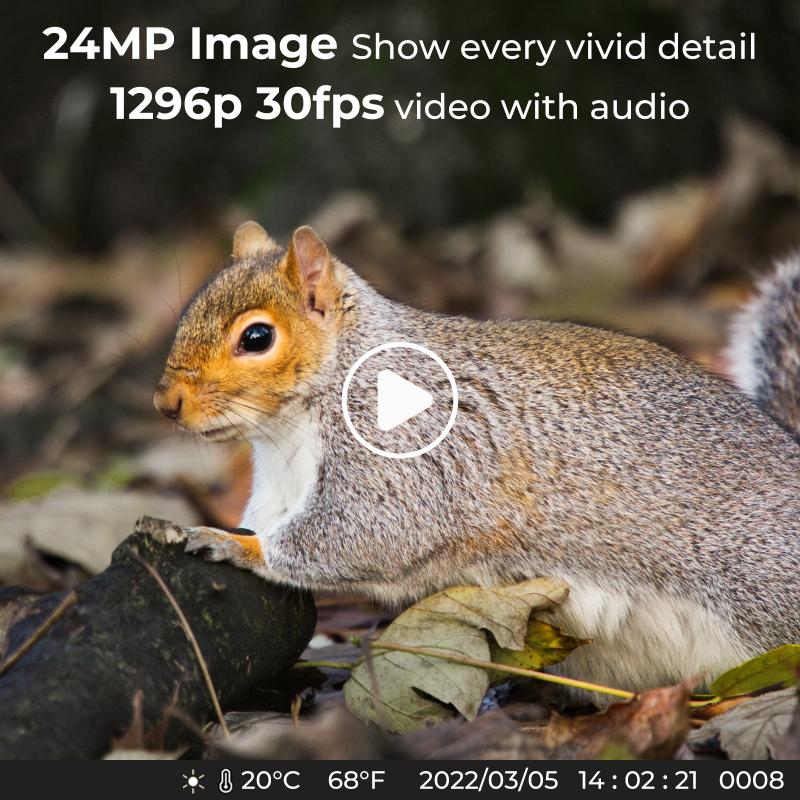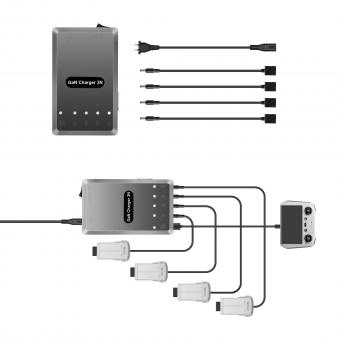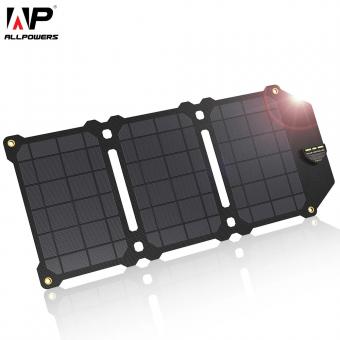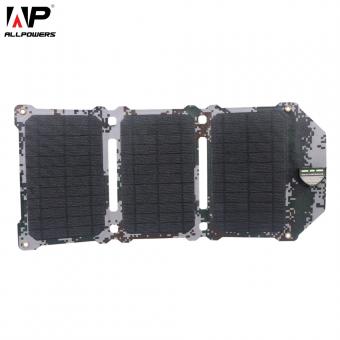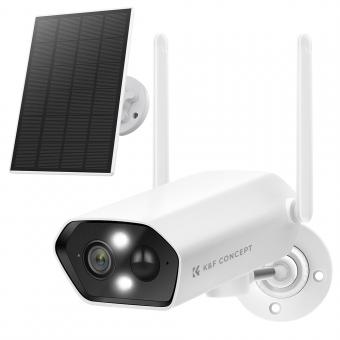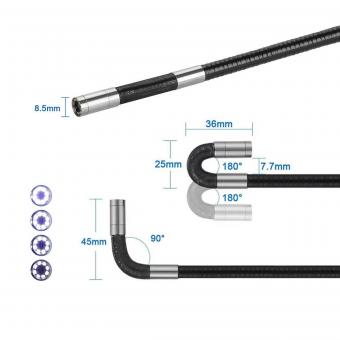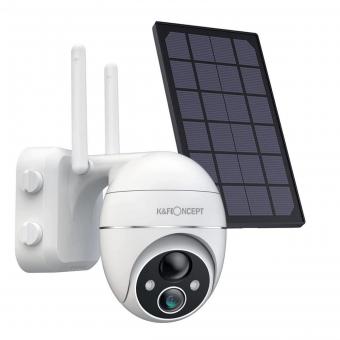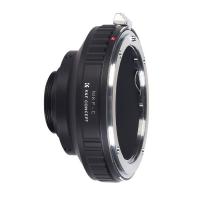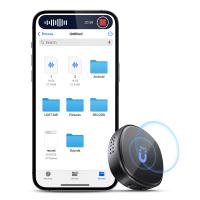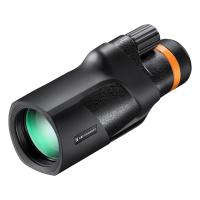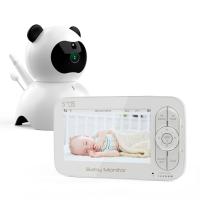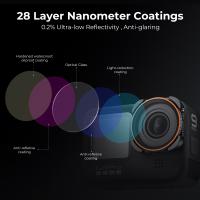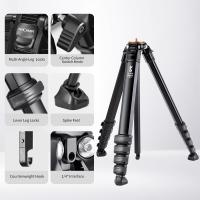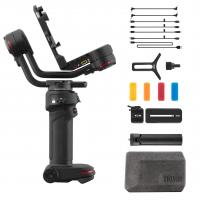When To Charge Camera Battery ?
It is recommended to charge the camera battery when it is low or depleted. It is also a good practice to charge the battery before a planned photo shoot to ensure that it has enough power to last throughout the session. It is important to use the charger that is specifically designed for the camera battery to avoid damaging the battery or the camera. It is also advisable to avoid overcharging the battery as it can reduce its lifespan. Some cameras have a built-in indicator that shows the battery level, while others may require the use of a separate battery charger with an indicator. It is important to follow the manufacturer's instructions for charging the camera battery to ensure its longevity and optimal performance.
1、 Battery capacity and lifespan
When to charge camera battery depends on the battery capacity and lifespan. Lithium-ion batteries, which are commonly used in cameras, have a limited lifespan and can only be recharged a certain number of times before they start to degrade. It is recommended to charge the battery when it reaches 20-30% capacity to prolong its lifespan. However, it is also important not to overcharge the battery as this can also cause damage.
The latest point of view is that it is better to charge the battery frequently and for shorter periods of time rather than letting it completely drain before charging. This is because lithium-ion batteries prefer to be charged in small increments rather than one big charge. It is also recommended to use the original charger that came with the camera as third-party chargers may not be compatible and can cause damage to the battery.
In addition, it is important to store the battery properly when not in use. Lithium-ion batteries should be stored at around 50% capacity in a cool, dry place. If the battery is not going to be used for an extended period of time, it should be charged to around 50% every six months to prevent it from completely discharging and becoming damaged.
Overall, it is important to be mindful of the battery capacity and lifespan when charging a camera battery. Charging frequently and for shorter periods of time, using the original charger, and storing the battery properly can all help to prolong its lifespan.
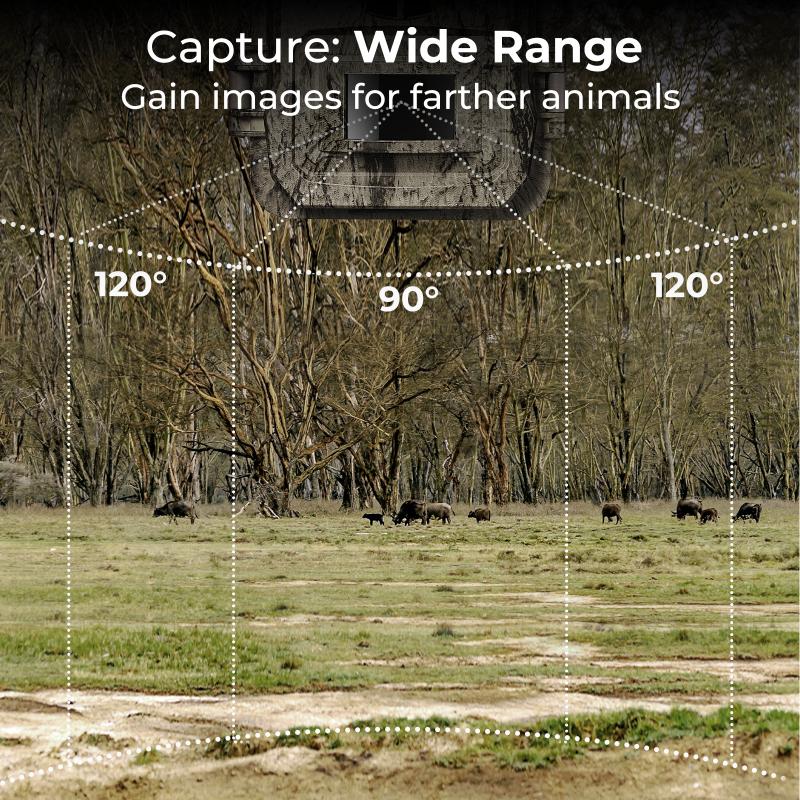
2、 Charging methods and times
When to charge camera battery:
It is recommended to charge your camera battery when it is low or depleted. Waiting until the battery is completely dead before charging it can actually reduce its lifespan. It is also important to avoid overcharging the battery, as this can also damage it. Most camera batteries come with a charger that will automatically stop charging once the battery is full, but it is still a good idea to keep an eye on the charging process.
Charging methods and times:
There are several methods for charging camera batteries, including using a wall charger, a car charger, or a USB cable connected to a computer or other device. The charging time will vary depending on the battery capacity and the charging method used. Generally, it takes between 1-2 hours to fully charge a camera battery using a wall charger, while charging via USB may take longer.
It is important to note that some camera batteries may have a longer lifespan if they are charged slowly and at a lower temperature. This can be achieved by using a charger with a lower charging rate or by charging the battery in a cooler environment. However, it is also important to balance this with the need for a fully charged battery when you need to use your camera.
In summary, it is best to charge your camera battery when it is low or depleted, and to avoid overcharging it. The charging time will vary depending on the battery capacity and the charging method used. It is also important to consider the impact of charging rate and temperature on battery lifespan.
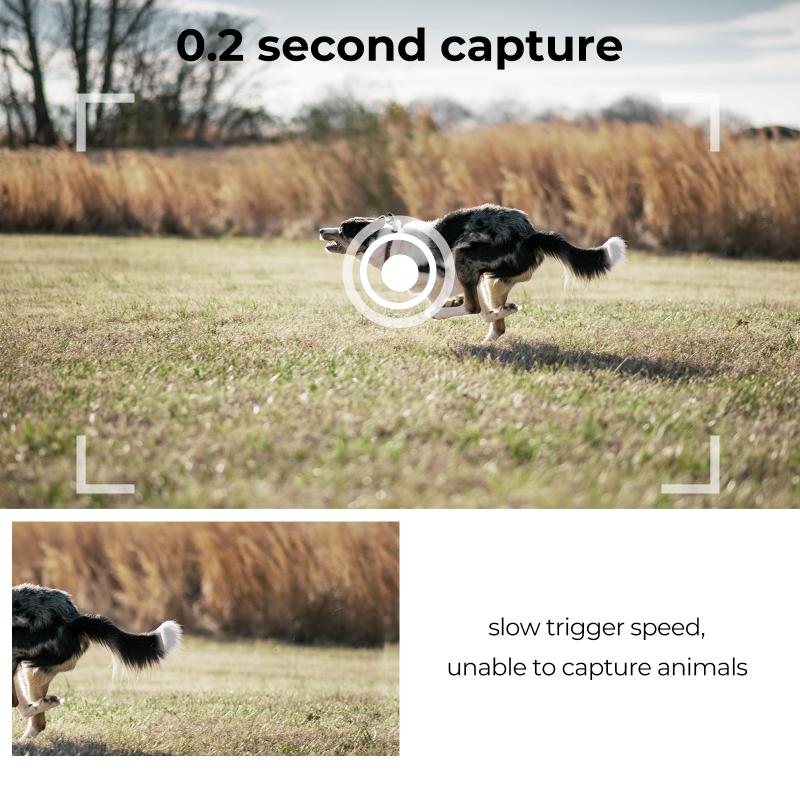
3、 Battery indicators and warnings
When to charge camera battery is a common question among photographers. The answer to this question depends on the type of camera battery and the usage of the camera. Most modern cameras come with battery indicators and warnings that help users determine when to charge their camera battery.
Battery indicators and warnings are designed to alert users when the battery is running low. These indicators can be found on the camera's LCD screen or in the viewfinder. When the battery is running low, the indicator will usually flash or change color to alert the user.
In addition to battery indicators, some cameras also come with warnings that alert users when the battery is about to die. These warnings can be in the form of a message on the LCD screen or an audible beep.
The latest point of view on when to charge camera battery is to charge it before it completely runs out of power. Lithium-ion batteries, which are commonly used in cameras, have a limited number of charge cycles. Charging the battery before it completely runs out of power can help prolong the battery's lifespan.
It is also important to note that extreme temperatures can affect the battery's performance. It is recommended to charge the battery at room temperature and avoid exposing it to extreme heat or cold.
In summary, battery indicators and warnings are useful tools for determining when to charge camera battery. It is recommended to charge the battery before it completely runs out of power and to avoid exposing it to extreme temperatures.
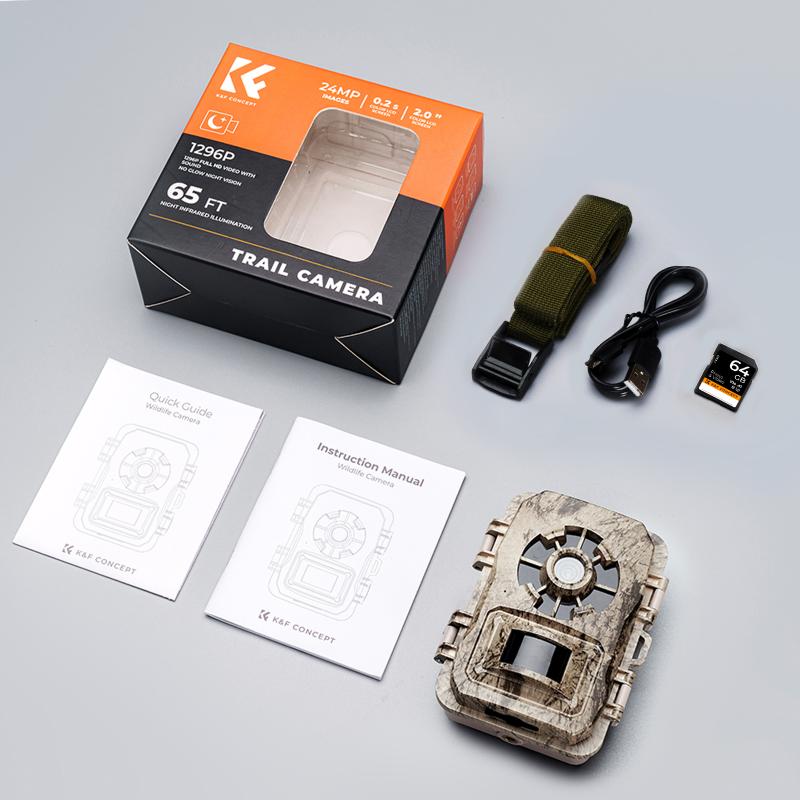
4、 Environmental factors affecting battery performance
When to charge camera battery:
It is recommended to charge the camera battery when it is low or depleted. Most camera batteries have a built-in indicator that shows the battery level, which can help you determine when to charge it. It is also important to charge the battery before a long shoot or trip to ensure that it lasts throughout the day.
Environmental factors affecting battery performance:
The performance of camera batteries can be affected by various environmental factors. Extreme temperatures, both hot and cold, can significantly reduce the battery life and performance. High humidity can also affect the battery's performance, causing it to drain faster than usual. Additionally, altitude can affect the battery's performance, as the air pressure changes can cause the battery to drain faster.
The latest point of view:
Recent studies have shown that the type of battery used in cameras can also affect its performance. Lithium-ion batteries are the most commonly used type of battery in cameras, but they can degrade over time, reducing their capacity and performance. However, newer lithium-polymer batteries have been found to have a longer lifespan and better performance than traditional lithium-ion batteries.
In conclusion, it is important to charge the camera battery when it is low or depleted and to consider environmental factors that can affect its performance. Additionally, using newer lithium-polymer batteries can help improve the battery's lifespan and performance.
